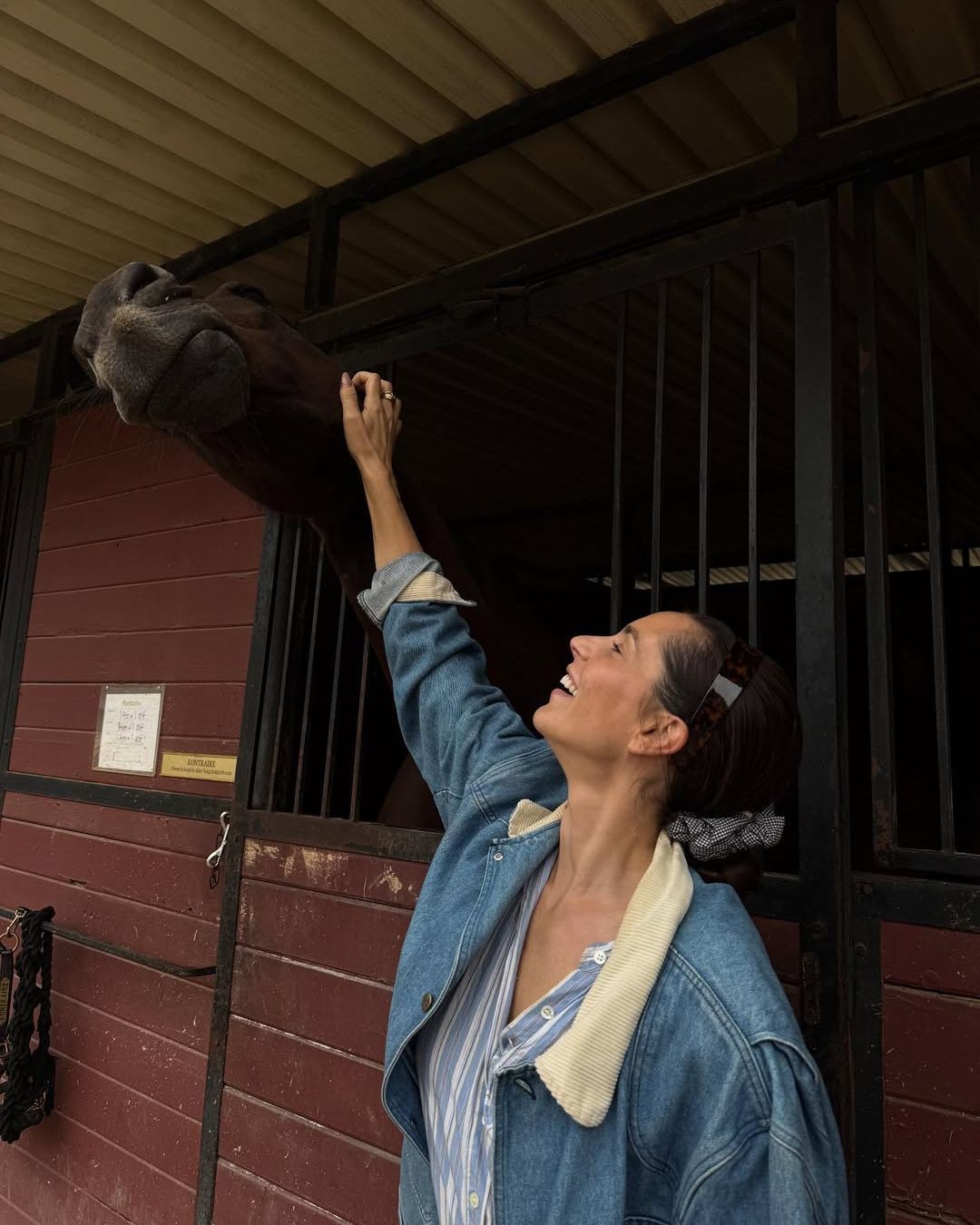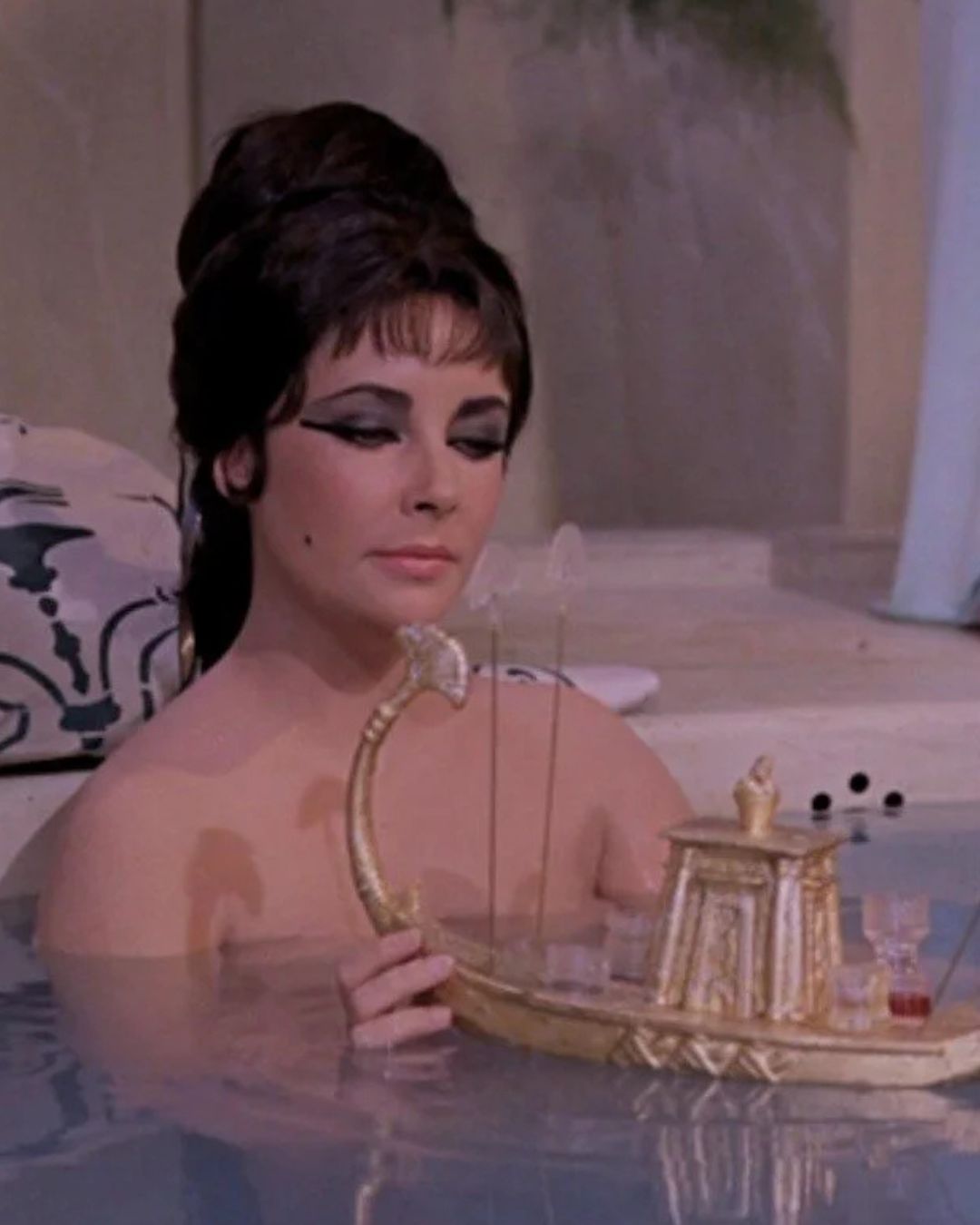
The most beautiful parks and gardens to visit in spring From Veneto to Sicily, Italy is a paradise of colorful and fragrant plants and flowers
Spring has arrived. The sun begins to shine and warm the face, unleashing the desire to be outdoors, to laugh, and to immerse oneself in the beauty of nature. Taking advantage of the upcoming public holidays and the Spring FAI Days (Saturday, March 23 and Sunday, March 24, 2024), we could indulge this mood with some garden tourism around Italy. Why not lose ourselves among colorful tulips, exotic plants, romantic lakes, and majestic trees? Doing so helps us rediscover the serenity and magic of the little things. Are you ready to embark on discovering the most beautiful parks and gardens to visit in spring?
Parco Giardino Sigurtà - Valeggio sul Mincio
Located a short distance from Verona, in Valeggio sul Mincio, lies a green treasure over 600 years old with a romantic English layout featuring centuries-old trees, vast lawns, water mirrors, points of interest, and breathtaking views. The creation of Parco Sigurtà dates back to 1417 when it was called "brolo cinto de muro" and was the residence of noble families in the area. It was opened to the public in 1978 and since then hosts numerous visitors every year, especially for its renowned blooms. In spring, for example, one million tulips bloom, representing the richest flowering in Southern Europe, along with irises, roses, and begonias. In summer, the spectacle is provided by dahlias, lotus flowers, and hydrangeas; in autumn by asters, marigolds, and zinnias; while in winter, it's the turn of crocuses, daffodils, and hyacinths. Completing the wonder of this enchanting place are the famous Rose Avenue, a suggestive path over 1 kilometer long that hosts 30,000 reblooming roses; the eighteen park ponds with the aquatic garden designed by the English landscapist Henry Cocker, green meadows, panoramic walks, the hermitage, the little castle, the labyrinth, the flower beds, and the medicinal plants.
Giardini di Castel Trauttmansdorff - Merano
A true fairy tale of a thousand colors and scents unfolds against the surrounding mountains and the city of Merano. The Gardens of Castel Trauttmansdorff, renamed the Gardens of Sissi in homage to the Empress of Austria who used to spend her winters at the neo-Gothic Castel Trauttmansdorff, extend over 12 hectares, sloping down in terraces and streams, blending exotic and Mediterranean landscapes in a unique interweaving of nature, culture, and art. Visitors will find themselves facing four thematic areas, divided into over 80 botanical environments where plants from all over the world grow, from tulips to olive trees, from cacti to apple trees, from palms to camellias. Moreover, there are multisensory stations, themed gardens, artistic pavilions, and specimens from the animal kingdom that will transport anyone into a fairy realm where the true magic lies in flora and fauna.
Giardino botanico di Isola Bella - Isola Bella (Isole Borromee)
Belonging to the group of the Borromean Islands, Isola Bella is a small jewel full of flowers that colors the surface of Lake Maggiore. In its modest dimensions, measuring only 320 meters in length and 180 meters in width, it houses a seventeenth-century building, still owned by the Borromeo family, and the scenic Teatro Massimo around which ten overlapping terraces develop, rich in obelisks, statues, fountains, architectural elements, and lush vegetation. Among camphor trees and rare citrus trees, boxwood hedges, azaleas, magnificent collections of roses, rhododendrons, and camellias, oleanders, and panicle hydrangeas, white peacocks stroll, as in an Eden on Earth. The not-to-be-missed view? The Terrace of Camellias where you can admire the elegant beauty of over 200 varieties of camellias.
Giardino della Villa Medicea di Castello - Firenze
If you want to close your eyes and get lost in the scents of citrus fruits and medicinal herbs, the right place for you is the Garden of Villa Medicea di Castello, the countryside residences of the Medici family which has been the seat of the Accademia della Crusca since 1583. In this paradise on the hills of Florence, history meets the beauty of nature, so much so that it was defined by Vasari as "one of the richest gardens in Europe". The garden, designed in 1538 at the behest of Cosimo I, hosts the extraordinary Grotto of Animals or the Deluge, originally animated by spectacular water features; an English park embellished with holm oaks, oaks, and cypresses; the historic Fountain of Hercules and Antaeus by Bartolomeo Ammannati; lemon houses; an exceptional collection of citrus fruits, consisting of about five hundred plants; two greenhouses; many flower beds and an area dedicated to medicinal herbs.
Giardino di Ninfa - Cisterna di Latina
Looking at the images of this place seems like entering the Middle-earth, among fairies, elves, and nymphs. Right here, in Roman times, a small temple dedicated to the Nymphs, deities of the woods and waters, was built, giving the name to the river that crossed the vanished medieval town of Ninfa, where today remains a large English garden dating back to the 1920s. In an area of over 8 hectares, there are the remains of Santa Maria Maggiore, a 9th-century church, a transparent river crossed by picturesque bridges, and over 1300 plants, including irises, birches, Japanese maples, magnolias, apple trees, magnolias. The ornamental cherry trees are particularly romantic, especially during the flowering period.
Parco Villa Durazzo Pallavicini - Genova
Built between 1840 and 1846, the Parco Durazzo Pallavicini di Pegli spreads over 8 hectares of hill around the historic noble residence. Here, the visitor finds himself immersed in art, nature, and spirituality thanks to the ingenuity of Michele Canzio, who composed an esoteric-Masonic itinerary, articulating it on a scenic-theatrical route in 3 acts composed of a prologue, an antecedent, three acts of four scenes each, and a final exodus. Walking through it, one gets lost in an almost mystical atmosphere, inhabited by waterfalls, lakes, caves, esoteric symbolism, splendid architectures, and the historic camellia grove of the largest and oldest Japanese species in Italy.
Giardino della Kolymbethra - Agrigento
The Garden of Kolymbethra, with its relics and its apogees, tells a story that spans 2500 years linked to the ancient Greek city of Akragas. This archaeological and naturalistic gem in the heart of the Valley of the Temples of Agrigento is a lush oasis fragrant with oranges, lemons, olives, almonds, myrtles, brooms, dwarf palms, pistachios, pomegranates, prickly pears, and many other spontaneous plants of the Mediterranean scrubland. Visitors will be intoxicated by the aromas and vibrant colors of the flora, which have the flavors and scents of Sicily.
Il giardino dei Tarocchi - Capalbio
In the 1950s, Niki de Saint Phalle visited Spain for the first time to see the works of Antoni Gaudí. Fascinated by the Catalan's work, particularly the Park Güell in Barcelona, the French artist began to dream of building her own sculpture garden inspired by the symbolism of tarot cards. She realized this dream with the help of her friend Marella Caracciolo Agnelli, the great art collector and wife of Gianni Agnelli, who provided her with a plot of land on the family estate in Garavicchio, Tuscany. Here, de Saint Phalle created a true forest of sculptures representing the 22 Major Arcana cards. All made with different and colorful materials such as glass, steel, and porcelain. Among the figures, the High Priestess, the Magician, the Bishop, and the Sphinx stand out, with its blue hair, red crown, and interiors covered in mirrors, which also served as Niki de Saint Phalle's home.
Giardini La Mortella - Forio d'Ischia
In the 1950s, Ischia was the love retreat of Sir William Walton, one of the most important English musicians of the 20th century, and his wife, Lady Susana Walton. Here, at the foot of Mount Zaro, the couple entrusted landscape designer Russell Page with the creation of a tropical oasis, an Eden on Earth that reflected their romantic and passionate souls. The result? The Mortella Gardens enchant visitors with their spectacle of streams and ponds, fountains, basins, and water features, aquatic plants such as lotus flowers and tropical water lilies, oriental magnolias, wisteria, rosemary, camellias, and volcanic rock formations.
Giardini Botanici di Villa Taranto - Verbania
Imagine a landscape dominated by lush nature nestled between Lake Maggiore and the Pennine Alps. This is the dreamlike setting where the Botanical Gardens of Villa Taranto shine, an area of approximately 160,000 m² with thousands of plants and flowers from all over the world. They were conceived by Captain McEacharn in 1931 when he purchased the property from the Marchesa di Sant'Elia to transform it into a splendid English garden reminiscent of the beauty of his native Scotland. His dream has come true to visit, especially in the spring, ideal for enjoying the terraced gardens with waterfalls and ornamental fountains, water features, the pool and basins hosting water lilies and lotus flowers, the Winter Garden, and the Marsh Garden.
























































